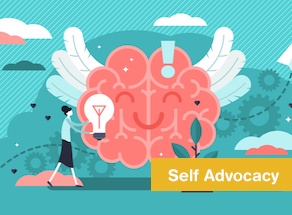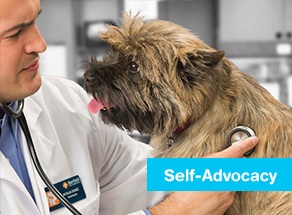Preventive Care
Your Pet Needs Preventive Care Just Like You Do
22/05/2018 06:00am | 5256 viewsIf you’ve welcomed a furry friend into your family, you are part of a growing trend among Hispanic households. Between 2007 and 2016, the number of Hispanics with pets in their homes nearly doubled from 11.4 million to 20.4 million, as pet ownership rates among Hispanics grew from 40 percent to 55 percent, according to a report from Packaged Facts [1].
Preventive Care
Heartworm is Scary, but Prevention is Easy
16/05/2018 06:00am | 5249 viewsIf there are two words that should not be connected, it’s heart and worm. The disease is as it sounds: worms living in the heart and surrounding blood vessels of affected pets.
Preventive Care
15 Things You Should Never Do On An Airplane
08/05/2018 06:00am | 5936 viewsWhile once considered the height of luxury, airplane travel has taken—to put it lightly—a serious nosedive over the past 30 years. Long gone are the days of comfortable seats, gourmet meals, and in-flight entertainment, traded in for cramped cabins where you’re lucky to snag so much as a bag of pretzels. (Alas, even the peanuts are long gone). And, unsurprisingly, those conditions can make even the most intrepid travelers go a little nuts.So, how do people cope these days? From bringing in their own booze to treating the plane like their own glam room, we’ve rounded up the rude, ridiculous, and downright crazy behaviors people do on airplanes. Keep these in mind as your personal list of travel don’ts the next time you're flying the friendly skies.
Preventive Care
Are Your Moles Normal? Here's How to Tell
06/05/2018 06:00am | 14580 viewsBy Annie Tomlin, Women's Health
First of all: Not every mark is a mole. For thousands of years, humans have read meaning into moles. In ancient China and Greece, fortune-tellers divined futures by reading birthmarks. (One on your forehead? You're a power player! Is it on the back of your neck? Oh, sorry, you're going to be beheaded.)
Finance & Family
Autism Spectrum Disorder
28/03/2018 06:00am | 5542 viewsAutism spectrum disorder is a condition related to brain development that impacts how a person perceives and socializes with others, causing problems in social interaction and communication. The disorder also includes limited and repetitive patterns of behavior. The term "spectrum" in autism spectrum disorder refers to the wide range of symptoms and severity.





